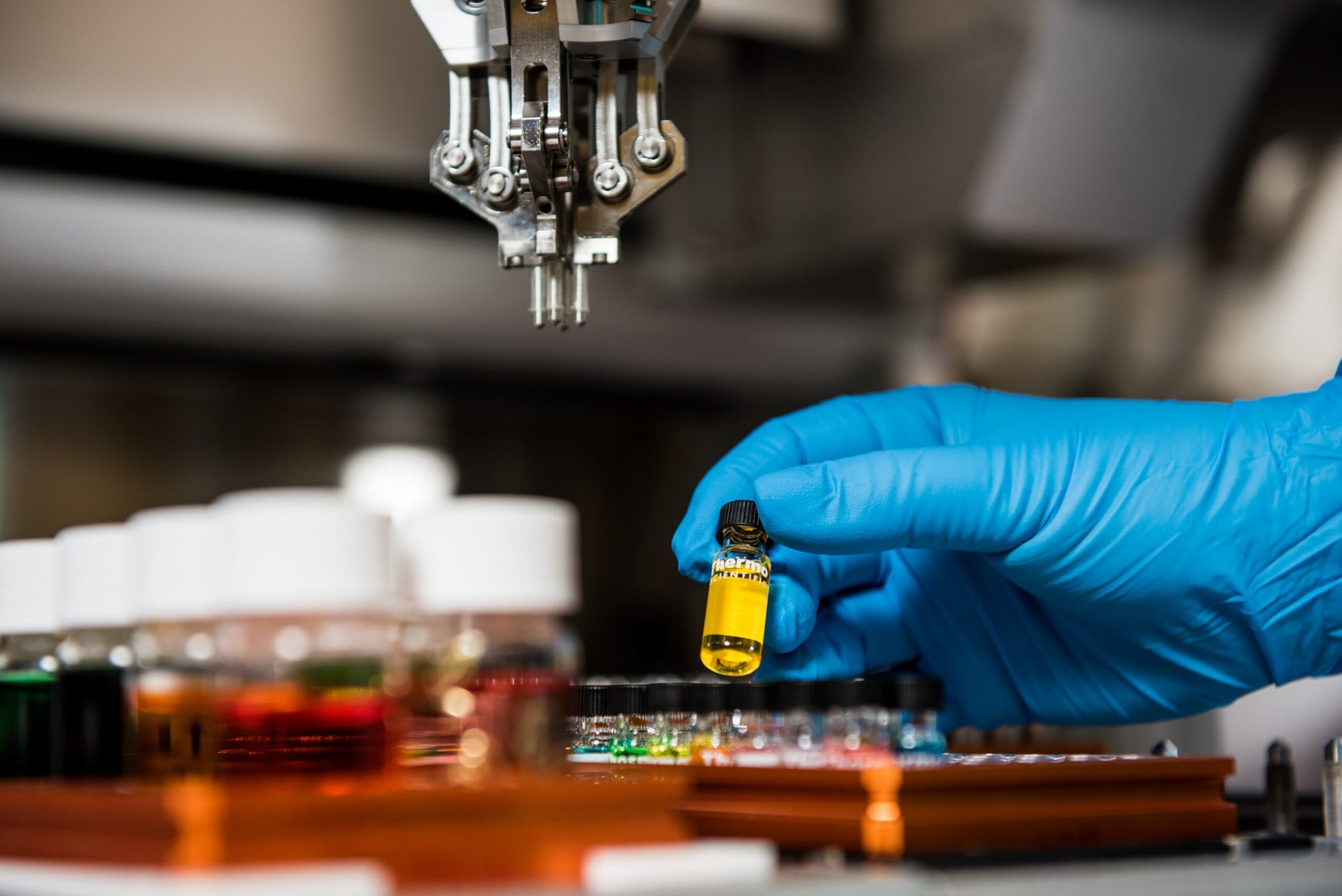Last night, the Government announced a $2 billion investment into Research & Development Tax Incentives (RDTIs), scrapping a previously proposed $1.8 billion cut and a $4 million tax refund cap.
The changes will apply from 1 July 2021 and will support more than 11,400 companies that claim the RDTI.
In addition to the $2 billion investment into RDTIs, the Treasurer earmarked an additional $459 million in funding to the CSIRO, $1 billion for universities and $1.9 billion for their energy plan.
What about the previously proposed $1.8 billion cuts?
Although the Treasury Laws Amendment (Research and Development Tax Incentive) Bill 2019 before the Senate Economic Legislation Committee will not proceed in its current form, certain content will still be relevant, said Georgia King-Siem, KPMG R&D Policy Leader.
Small companies (turnover less than $20 million) will see their refundable R&D tax offset increased to 18.5 percentage points above their company tax rate. The previously proposed $4 million cap on annual cash refunds has been scrapped.
Larger companies will now see their ‘intensity test’ streamlined from three to two tiers.
- For initial R&D expenditure up to 2 per cent R&D intensity, the rate will be the claimant’s company tax rate plus 8.5 percentage points
- For initial R&D expenditure above 2 per cent R&D intensity, the rate will be the claimant’s company tax rate plus 16.5 percentage points
“The current $100 million cap will be increased to $150 million and other integrity and administrative measures in the bill will be retained. Overall, this is an excellent result and will give a welcome boost to R&D in Australia,” said Ms King-Siem.
How will this help businesses in the long run?
After constant delays in the senate RDTI inquiry, the Government’s budget announcement yesterday provides some long-awaited certainty.
“The R&D incentives initiative is a game changer for us because it provides the very thing that all startup businesses want – certainty,” said Dr Benjamin Coorey, CEO of the property tech company Archistar.
Despite the 2020-21 Budget’s focus on short-term fiscal stimulus, supporting R&D will be an important long-term driver in Australia’s economic recovery. Much of this will be in technology and innovation.
Cicada Innovations, an incubator for business, industry and science startups, found that for every $1 of revenue generated by a deep-tech company, $3 of economic value was created for broader society.
“It is clear that these companies hold significant potential for value-creation, but also require decades-long investment and support if they are to reach that point of explosive growth and value creation,” said Sally-Ann Williams, CEO of Cicada Innovations.
Ms Williams points to companies like Cochlear (valued at $12 billion), ResMed (valued at $35 billion), and CSL Limited (valued at $127 billion), as examples of how consistent investment in R&D is vital to the global success of Australian businesses.
The Government’s willingness to support research will also spur job creation, especially in Australia’s rapidly growing deep-tech industry.
“Expanding Australian prosperity requires a major diversification of our economy; the emerging research-led deep-tech industry provides a pathway to capitalise on long-term investments and ensure we deliver new high paying jobs,” said Professor Michael Biercuk, CEO of Q-CTRL.
“According to the Chief Scientist over 20% of all economic activity in Australia comes from research discoveries over the past 30 years.”
What are the next steps the Government should be taking?
There is still more to be done in the sale and distribution of R&D outputs. Leica Ison, CEO of RegTech provider Skyjed, suggests that the Government should now focus on commercialisation pathways.
“In Australia, a gap exists in commercialisation – after R&D when a start-up needs to find product-market fit and scale-up. Australia needs more effective incentives for this ‘cliff’ to ensure commercialisation and that jobs of the future stay in Australia,” said Ms Ison.
The latest National Survey of Research Commercialisation (NSRC) revealed that in Australia, the number of patents granted from 2015-16 had declined. In that same period, Australia maintained 86 patents (in comparison to 236 overseas) and filed 17 patents (in comparison to 20 overseas).
Australia is also still relatively light on overall R&D expenditure. In 2018, the OECD average expenditure on R&D was 2.38 per cent of GDP. In this same period, Israel and Korea were spending upwards of 4 per cent of GDP. In 2017, Australia was only spending 1.79 per cent of GDP.
“Our national R&D spend is still a full $2.5 billion below the $17 billion annual R&D expenditure when the Coalition came to power,” said John Henderson, an Investment Partner at AirTree Ventures.
The Government’s overall decreasing R&D expenditure is also impacting universities, who still face uncertainty in both research and education funding.
“This very welcome Research Support Program one-off boost comes in the context of a longer-term slide in research funding, and we maintain our serious concerns about the job-ready graduates bill and its expected impact on students and education,” said a spokesperson from the University of Sydney.
Keep up to date with our stories on LinkedIn, Twitter, Facebook and Instagram.

